If you’re not one for following the crowd and are keen on customising and upgrading your trusty 4×4 then read on. We talk to some of the best-known bespoke specialists in the UK for inspiration…
Words: Sarah Harrington-James
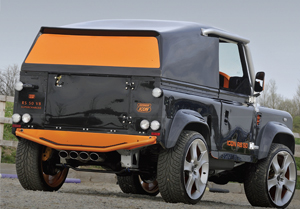 Not everyone who buys a 4×4 wants to keep it looking like any other that rolls off the production line, similarly not every 4×4 turns a wheel in anger off-road. These days it’s just as common to see a suited-and-booted city gent behind the wheel of a Defender, as it is a tweed-obsessed farmer tending to his sheep. Indeed, the respected utilitarian Land Rover has turned into a must-have for a whole range of enthusiasts, who don’t mind an automatic boost to their street cred, too.
Not everyone who buys a 4×4 wants to keep it looking like any other that rolls off the production line, similarly not every 4×4 turns a wheel in anger off-road. These days it’s just as common to see a suited-and-booted city gent behind the wheel of a Defender, as it is a tweed-obsessed farmer tending to his sheep. Indeed, the respected utilitarian Land Rover has turned into a must-have for a whole range of enthusiasts, who don’t mind an automatic boost to their street cred, too.
Unsurprisingly this latest craze hasn’t gone unnoticed by the independent bespoke specialists which have been quick off the mark to cater for the more discerning customer; in particular those who want to individualise their 4×4 a lot further than just ticking boxes on the manufacturer’s extras list. Some specialise in offering bespoke exterior/interior styling, but others have made a name for themselves creating one-off, individual vehicles with the wow factor. If money is no object then you can literally have anything you want when it comes to customising; chrome-plating, carbon fibre, Bentley Nappa leather, power-boosted engine conversions… and of course you’ll order two identical versions and give one away as a gift.

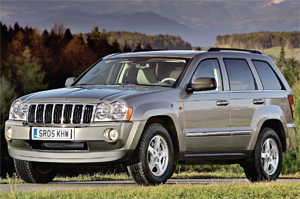 TARGET RANGE: £5000 – £15,000
TARGET RANGE: £5000 – £15,000 Yes, that’s right, the Land Rover Defender is now regarded as a bona fide rally entrant, to be found lining up in rally stages alongside such luminaries as Mitsubishi Evos, Subaru Imprezas/WRXs and the ubiquitous Ford Escorts of various guises. And this is all down to Bowler Motorsport. Founder and MD Drew Bowler and his incredible team have masterminded the transformation of standard, factory-produced Defender 90s into the impressive rally cars that are now competing in the Defender Challenge.
Yes, that’s right, the Land Rover Defender is now regarded as a bona fide rally entrant, to be found lining up in rally stages alongside such luminaries as Mitsubishi Evos, Subaru Imprezas/WRXs and the ubiquitous Ford Escorts of various guises. And this is all down to Bowler Motorsport. Founder and MD Drew Bowler and his incredible team have masterminded the transformation of standard, factory-produced Defender 90s into the impressive rally cars that are now competing in the Defender Challenge.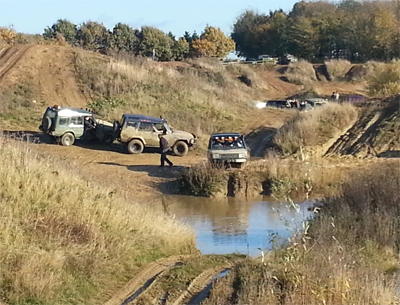 If, like us, laying on a beach for a week for your hols sounds about as interesting as doing your tax return, then read on. There has been much hype of late about doing a ‘staycation’ in the UK and we’re all for that – albeit for a day trip, short break or longer – even better if it’s combined with your hobby. And we’re pleased to reveal that there are some fantastic opportunities out there to get mud-splattered to your heart’s content doing 4×4 driving courses in your own vehicle or in ones that are supplied on a whole variety of terrain. But if you fancy something just that little bit different and are up for a challenge, why not try piloting a hovercraft, have a go at tank driving or quad biking? We’ve put together a wide selection to cater for all tastes and levels, so we’d suggest go make yourself a brew, kick back and get inspired from this selection.
If, like us, laying on a beach for a week for your hols sounds about as interesting as doing your tax return, then read on. There has been much hype of late about doing a ‘staycation’ in the UK and we’re all for that – albeit for a day trip, short break or longer – even better if it’s combined with your hobby. And we’re pleased to reveal that there are some fantastic opportunities out there to get mud-splattered to your heart’s content doing 4×4 driving courses in your own vehicle or in ones that are supplied on a whole variety of terrain. But if you fancy something just that little bit different and are up for a challenge, why not try piloting a hovercraft, have a go at tank driving or quad biking? We’ve put together a wide selection to cater for all tastes and levels, so we’d suggest go make yourself a brew, kick back and get inspired from this selection.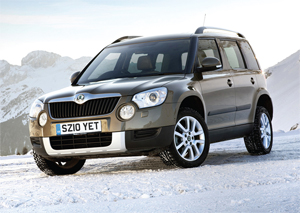 TARGET RANGE: £10,000 – £23,000
TARGET RANGE: £10,000 – £23,000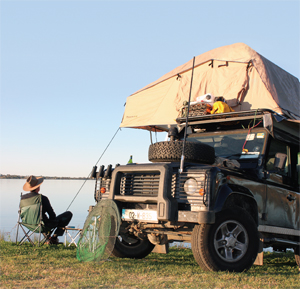 The whole image of camping has changed immeasurably over the last few years, as increasing numbers of people look to the great outdoors for fun and adventure – and realise that camping is no longer the back-to-basics activity that it once was. These days there’s no shortage of fantastically well-equipped campsites offering clean and pleasant facilities. And, of course, the tents themselves are also vastly improved.
The whole image of camping has changed immeasurably over the last few years, as increasing numbers of people look to the great outdoors for fun and adventure – and realise that camping is no longer the back-to-basics activity that it once was. These days there’s no shortage of fantastically well-equipped campsites offering clean and pleasant facilities. And, of course, the tents themselves are also vastly improved. 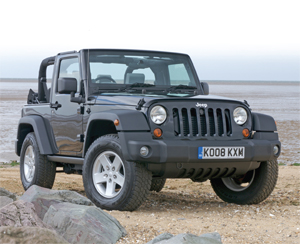 Looking to buy a 4×4 for the first time? Well, as you might expect, our first reaction is, well done – and our second is, what took you so long? But to be serious, a fatuous comment like that is of little help to someone considering a 4×4 vehicle for the very first time and if that’s you, hopefully we can offer some pointers for you to consider and ensure you make the right first choice.
Looking to buy a 4×4 for the first time? Well, as you might expect, our first reaction is, well done – and our second is, what took you so long? But to be serious, a fatuous comment like that is of little help to someone considering a 4×4 vehicle for the very first time and if that’s you, hopefully we can offer some pointers for you to consider and ensure you make the right first choice.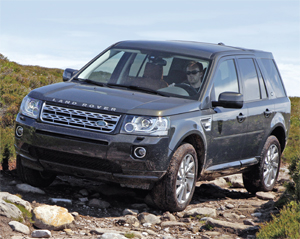 A drive last year on the icy roads of a Canadian winter reminded editor Nigel Fryatt of what a competent, comfortable and pleasant car the Freelander 2 is. It was a reminder, rather than a sudden realisation, because we’ve always liked Land Rover’s compact SUV, it’s just that little has changed since the introduction in 2006, so we’ve not felt the need to reappraise the model on more than a few key occasions.
A drive last year on the icy roads of a Canadian winter reminded editor Nigel Fryatt of what a competent, comfortable and pleasant car the Freelander 2 is. It was a reminder, rather than a sudden realisation, because we’ve always liked Land Rover’s compact SUV, it’s just that little has changed since the introduction in 2006, so we’ve not felt the need to reappraise the model on more than a few key occasions.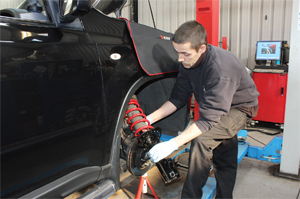 There’s always going to be the potential to improve a 4×4 or add more accessories to it, but the list of options can be bewildering and choosing the right ones isn’t always that easy. It is, however, easy to throw a lot of money at a vehicle, but be left wondering whether it was really all necessary. We’ve all been there; purchasing products from the Internet and Shows, sometimes only to gather dust in the garage.
There’s always going to be the potential to improve a 4×4 or add more accessories to it, but the list of options can be bewildering and choosing the right ones isn’t always that easy. It is, however, easy to throw a lot of money at a vehicle, but be left wondering whether it was really all necessary. We’ve all been there; purchasing products from the Internet and Shows, sometimes only to gather dust in the garage.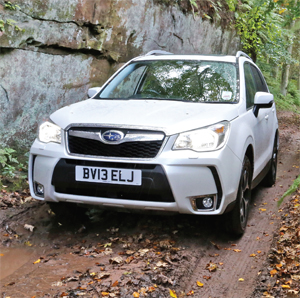 Think 4×4 and vehicles like the Discovery, Land Cruiser and Grand Cherokee come to mind, or maybe pick-ups like the Hilux or Ranger. These vehicles are capable of carrying heavy loads over rough terrain, but are not cheap to buy or to run. Smaller, certainly lighter vehicles such as the Santa Fe, Freelander, SX4 and others offer rough-terrain capability at lower prices – these are soft-roaders designed for lighter duty work and they lack low range gears. The question is whether the trade-off is worth it, and how far can you go in a softie?
Think 4×4 and vehicles like the Discovery, Land Cruiser and Grand Cherokee come to mind, or maybe pick-ups like the Hilux or Ranger. These vehicles are capable of carrying heavy loads over rough terrain, but are not cheap to buy or to run. Smaller, certainly lighter vehicles such as the Santa Fe, Freelander, SX4 and others offer rough-terrain capability at lower prices – these are soft-roaders designed for lighter duty work and they lack low range gears. The question is whether the trade-off is worth it, and how far can you go in a softie?